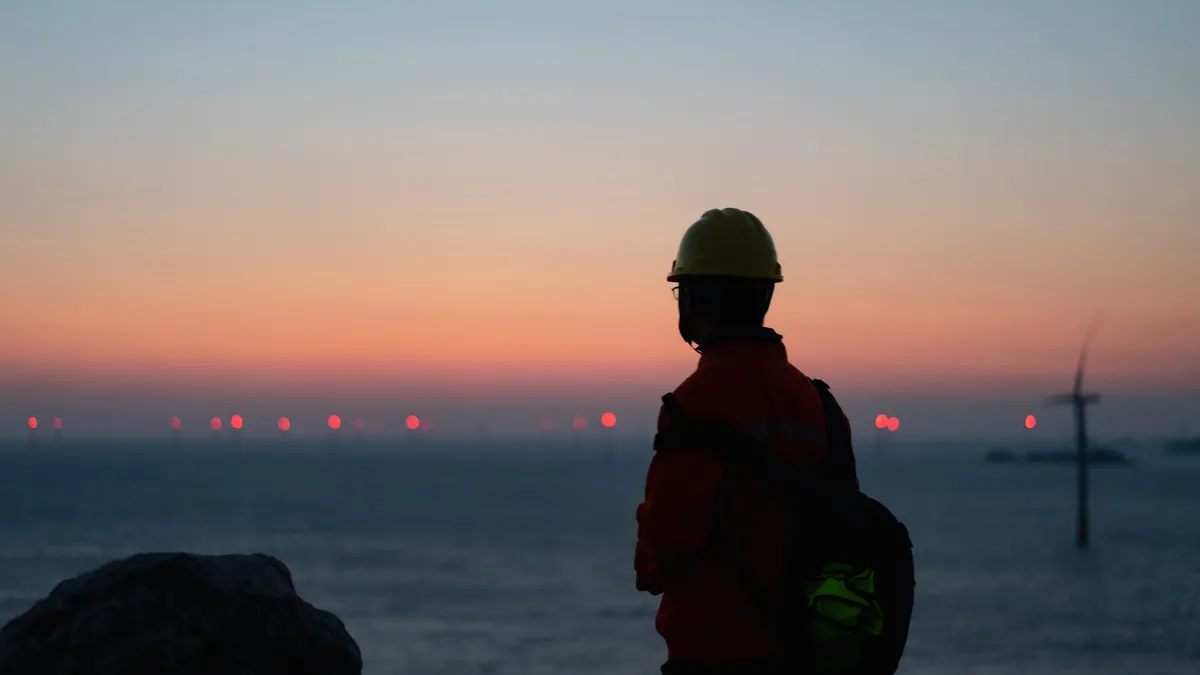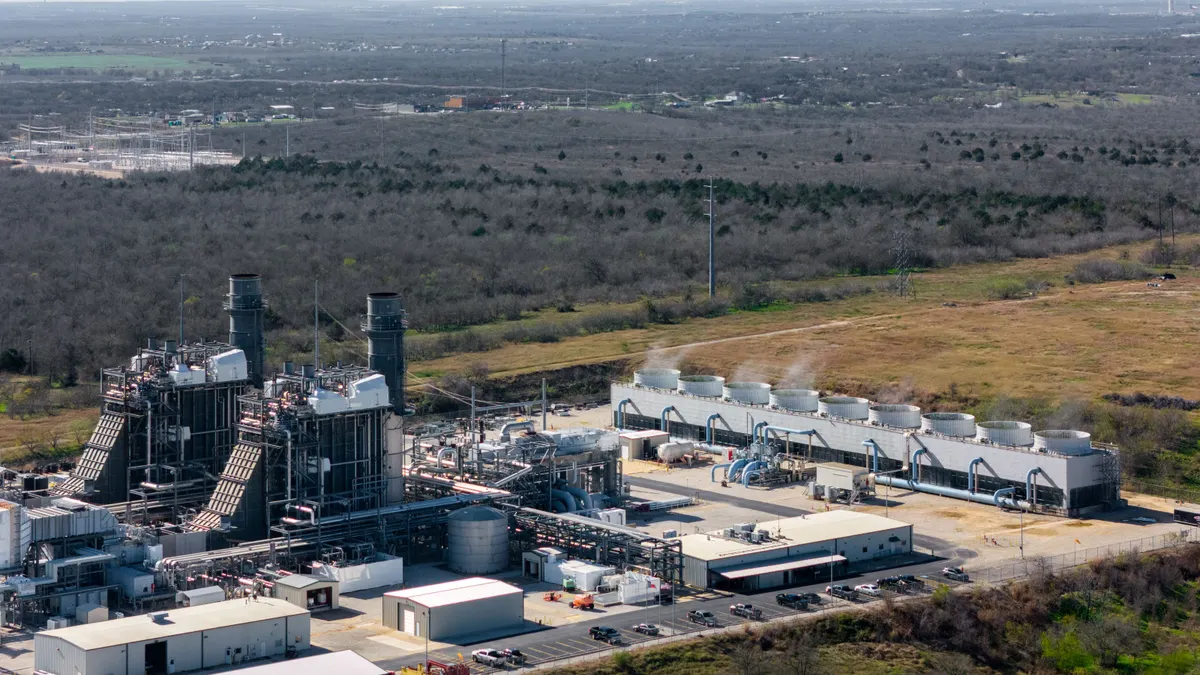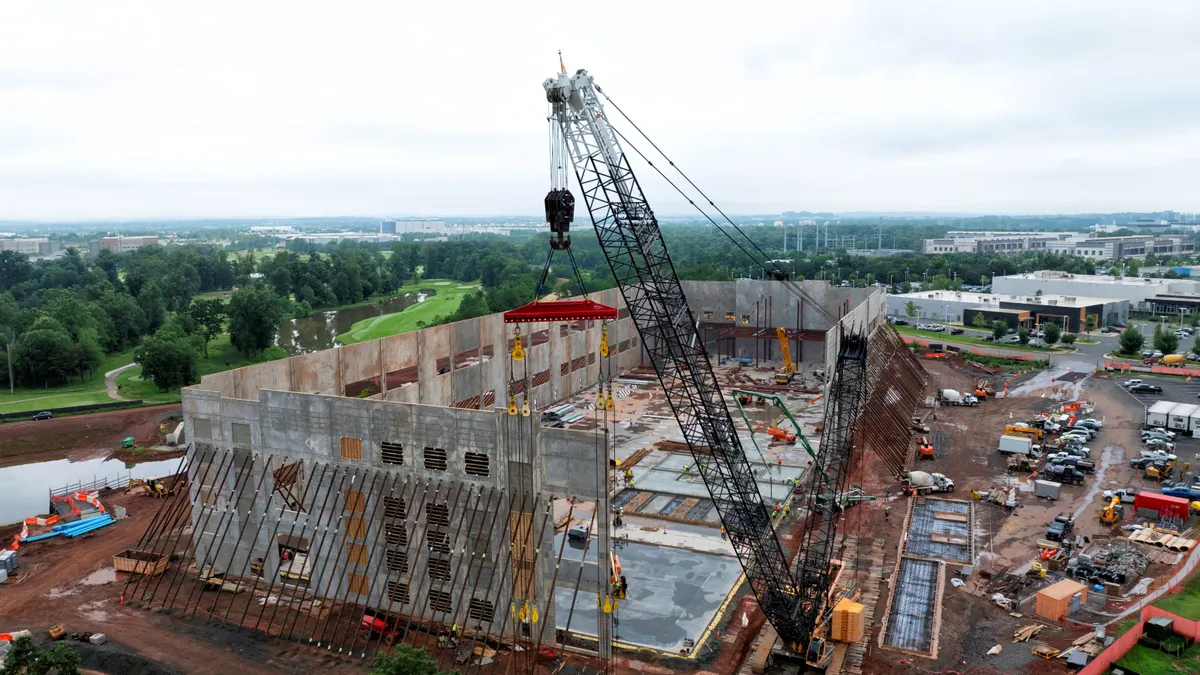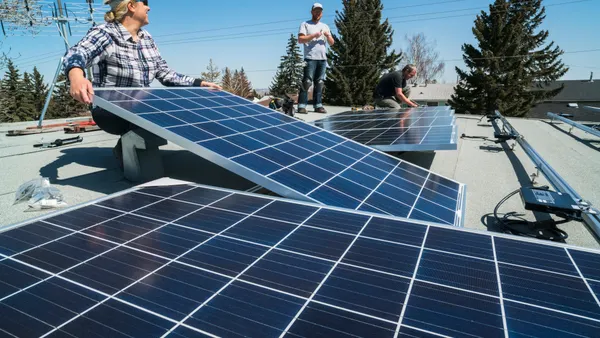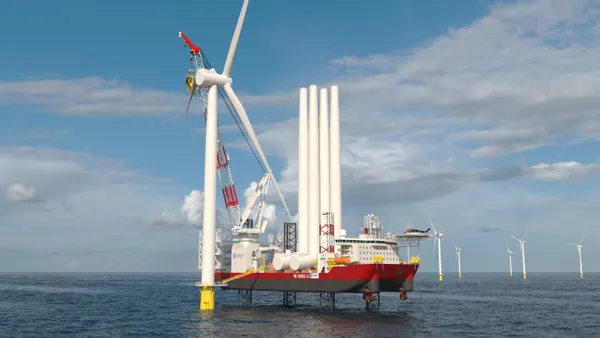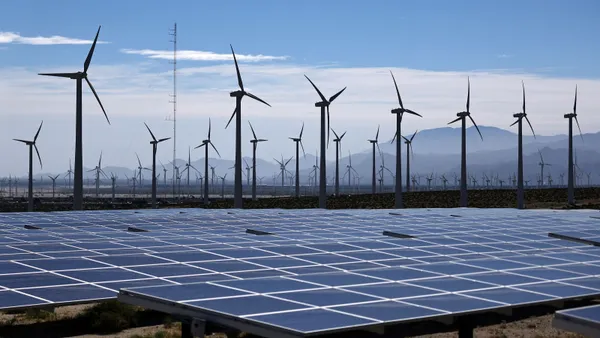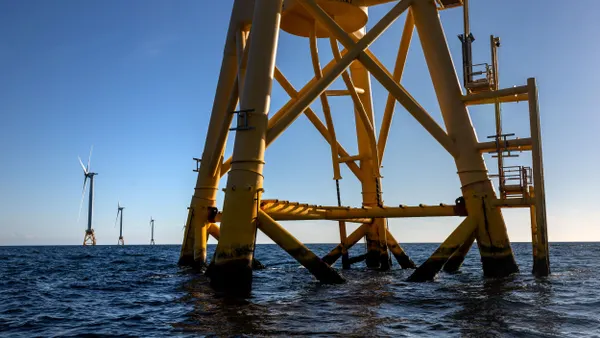Deploying floating wind offshore the West Coast could deliver up to 33 GW and help build out needed transmission, but the youth of floating wind technology and a lack of needed infrastructure pose barriers, according to a Jan. 15 report from the Department of Energy’s Pacific Northwest National Laboratory and National Renewable Energy Laboratory.
PNNL and NREL researchers spent two years modeling the costs and benefits of deploying floating wind along the Pacific coast by 2050, PNNL said in a release. The least-cost scenario the researchers identified was adding 13 GW offshore California and 2 GW offshore Oregon by 2035, and increasing that to 25 GW offshore California, 6 GW offshore Oregon and 2 GW offshore Washington by 2050.
Adding that capacity would help the Western U.S. reach the 400 GW of new generation that the region is estimated to need by that year, and assist with the deployment of other generation by bolstering a transmission buildout, according to the report.
The researchers said they studied knowledge gaps including the optimization of transmission and generation in the Western Interconnection from 2025 to 2050, geospatial analysis of potential offshore wind generation and transmission topologies, and the reliability and resilience of each transmission topology.
“In addressing these gaps, this study indicates that West Coast OSW transmission could deliver not only OSW energy but valuable contributions to a reliable, resilient, cost effective, and clean Western Interconnection,” the report said.
“Offshore wind transmission can deliver a new source of power to support a significant portion of rising energy needs,” said Travis Douville, a PNNL advisor and the lead author on the report. “And even when the wind is not generating electricity locally, networked offshore transmission can still transport low-cost energy from onshore like solar, land-based wind, and hydropower.”
However, the researchers also found this deployment would face challenges requiring additional investment to solve. “One of the main challenges is that port and grid infrastructure required for this level of offshore wind deployment does not exist along the West coast today,” the report said.
Developing that port infrastructure will be costly, the researchers said. The development of one port site could take up to 10 years and cost $1 billion. The report cites a 2023 study that found deploying 55 GW of offshore wind energy on the West Coast by 2045 would necessitate nine staging and integration sites — four or five ports — and 17 operations and maintenance sites, which would require an investment of around $11 billion.
Floating wind is also a newer technology than fixed-bottom wind, especially in the U.S., where all commercial-scale offshore wind farms currently in operation are fixed-bottom. But fixed-bottom offshore wind farms aren’t feasible in the West Coast’s deeper waters.
“Floating substations and dynamic cables will be critical for many floating offshore wind projects,” the researchers said, but “to date, the only floating offshore substation platform in the world was installed as part of a demonstration project in Japan in 2013, connected to three turbines.”
In addition, they said, “There are challenges for [high-voltage direct current] transmission equipment to be able to withstand the extreme dynamics of being placed on a floating platform.” However, they added, “it is expected that floating HVDC technologies will be ready when commercial-scale floating wind projects are deployed.”
Floating wind also offers some flexibility when it comes to operations and maintenance once a project is completed. “Repairs of fixed-bottom turbines must occur at site, but floating turbines can be towed to port, where maintenance can be carried out in a protected harbor,” the report said.
“On-site maintenance may also be an option for floating wind turbines but might require the development of specialized vessels with advanced motion compensation to enable floating-to-floating transfer of large components,” the researchers wrote. “The tow-to-port strategy relies on less-costly towing vessels, enabling lower maintenance costs as long as the downtime associated with towing can be limited.”



